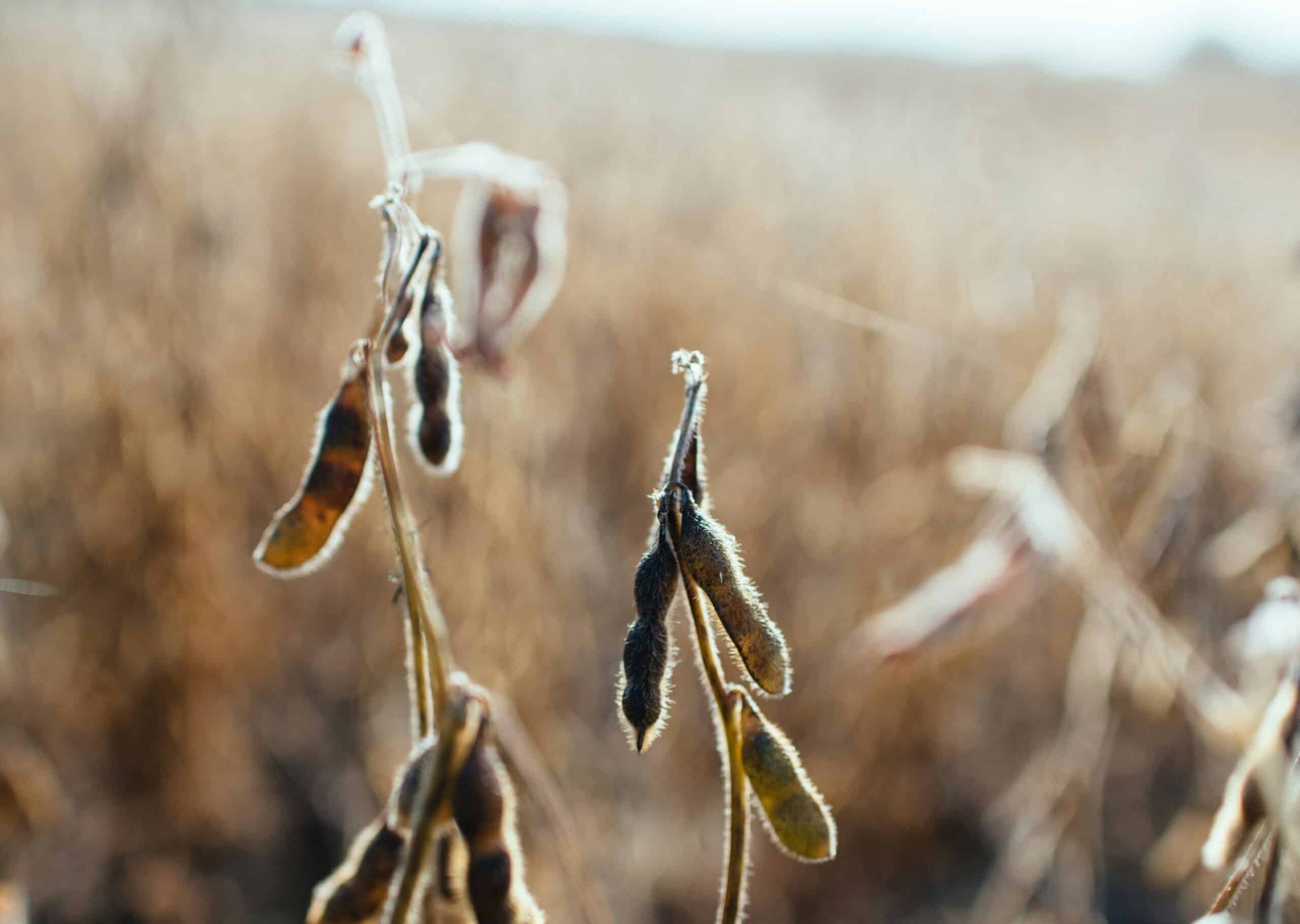Key Takeaways
- 91% of surveyed farmers purchased crop insurance in 2024, with 90% doing so consistently over the past five years.
- Crop insurance was rated more important than direct payments or conservation assistance by most respondents.
- Farmers spent $6 billion in premiums in 2024 to insure 2.4 million policies, covering $159 billion in potential losses.
- 83% of farmers reported overall satisfaction with their crop insurance experience.
- The survey was conducted by National Crop Insurance Services (NCIS) between January 11 and February 9, 2024.
Farmers Maintain Strong Commitment to Crop Insurance
According to a newly released national survey by National Crop Insurance Services (NCIS), a substantial majority of American farmers continue to prioritize crop insurance as a central part of their risk management strategy. In 2024, 91% of farmers reported purchasing crop insurance, and 90% have done so consistently for the past five years.
This level of adoption highlights the ongoing reliance on insurance to safeguard agricultural operations against weather and market-related losses.
“Farmers clearly place a high value on crop insurance, and we’re seeing that first-hand in the marketplace,” said Tom Zacharias, President of NCIS.
Crop Insurance Ranked Most Important Farm Policy Tool
Comparative rankings of policy support programs
Respondents were asked to evaluate the importance of three farm policy tools: crop insurance, direct government payments, and conservation assistance. When rated on a 10-point scale:
- 58% gave top marks to crop insurance
- 42% rated direct payments as most important
- 29% prioritized conservation assistance
The results suggest a strong perception of crop insurance as the most essential support mechanism among available policy tools.
Economic Scale and Reach of Crop Insurance
In 2024, U.S. farmers and ranchers spent more than $6 billion in out-of-pocket costs to purchase 2.4 million crop insurance policies, according to NCIS. These policies provided $159 billion in financial protection against adverse events.
Zacharias emphasized that the impact of crop insurance extends beyond farming communities.
“Crop insurance helps protect the country’s farmers, which benefits everyone,” he noted. “And because farmers and insurers share in funding the program, it reduces risk for U.S. taxpayers.”
The number of insured acres has increased significantly over time, from 379 million acres five years ago to nearly 544 million acres in 2023.
High Satisfaction and Trust in the System
The survey also revealed strong satisfaction levels among farmers regarding their experience with crop insurance:
- 83% were satisfied overall with the program
- 85% were satisfied with how their last claim was handled
- Only 7% believed they could afford equivalent protection without government premium support
- 87% said crop insurance does not interfere with conservation efforts
- More farmers said they rely on insurance agents for information about farm programs than the USDA or their peers
Survey Methodology
The NCIS survey was conducted from January 11 to February 9, 2024, and included 401 farmers and ranchers representing a cross-section of agricultural sectors and geographic regions. This marks the first time NCIS has surveyed farmers at a national level.
Full survey results are available here.


